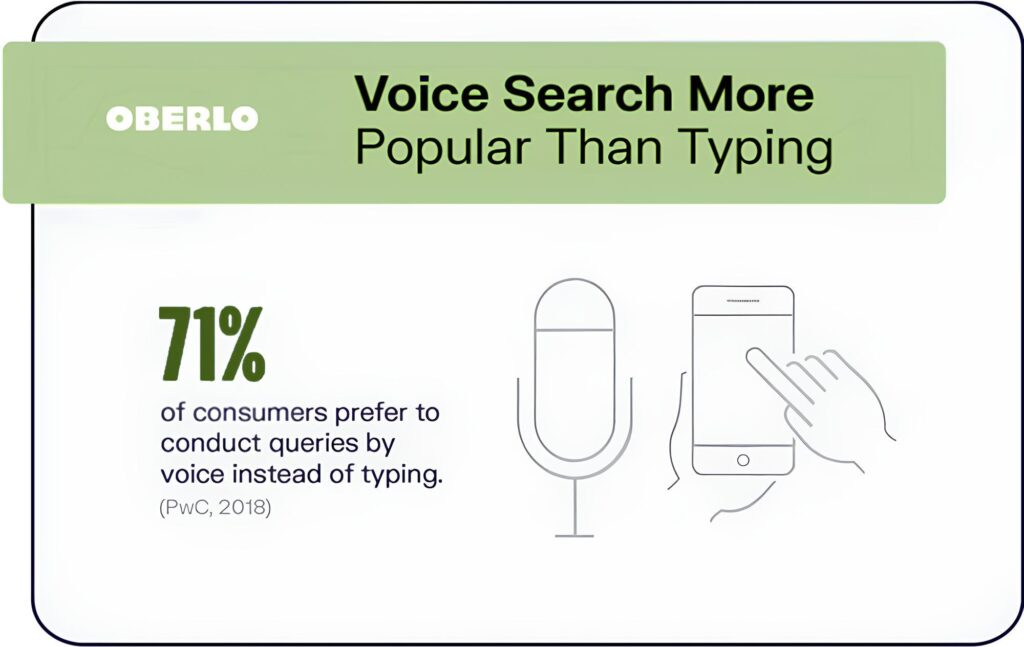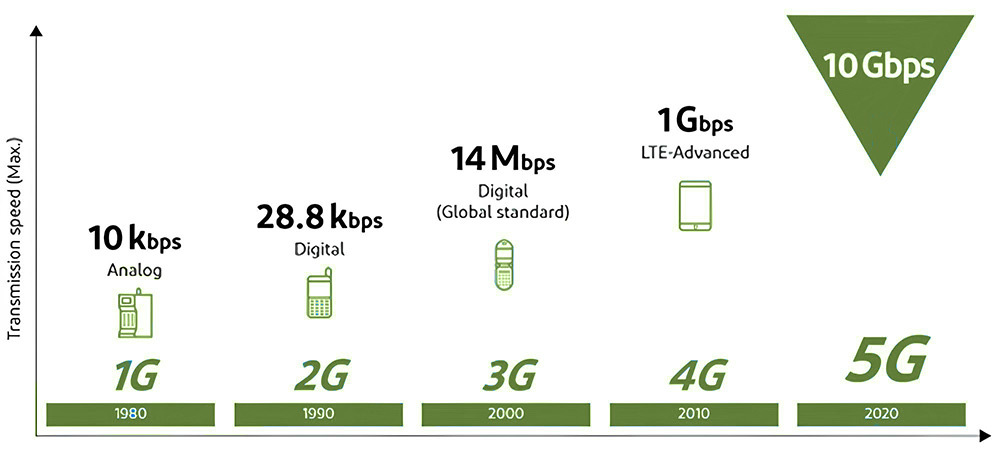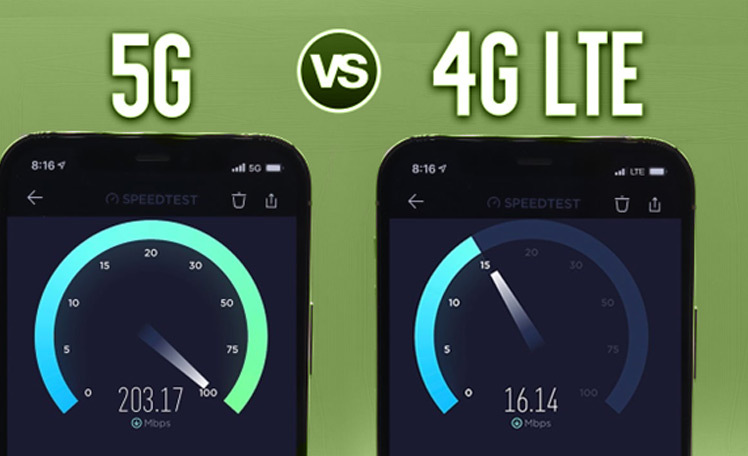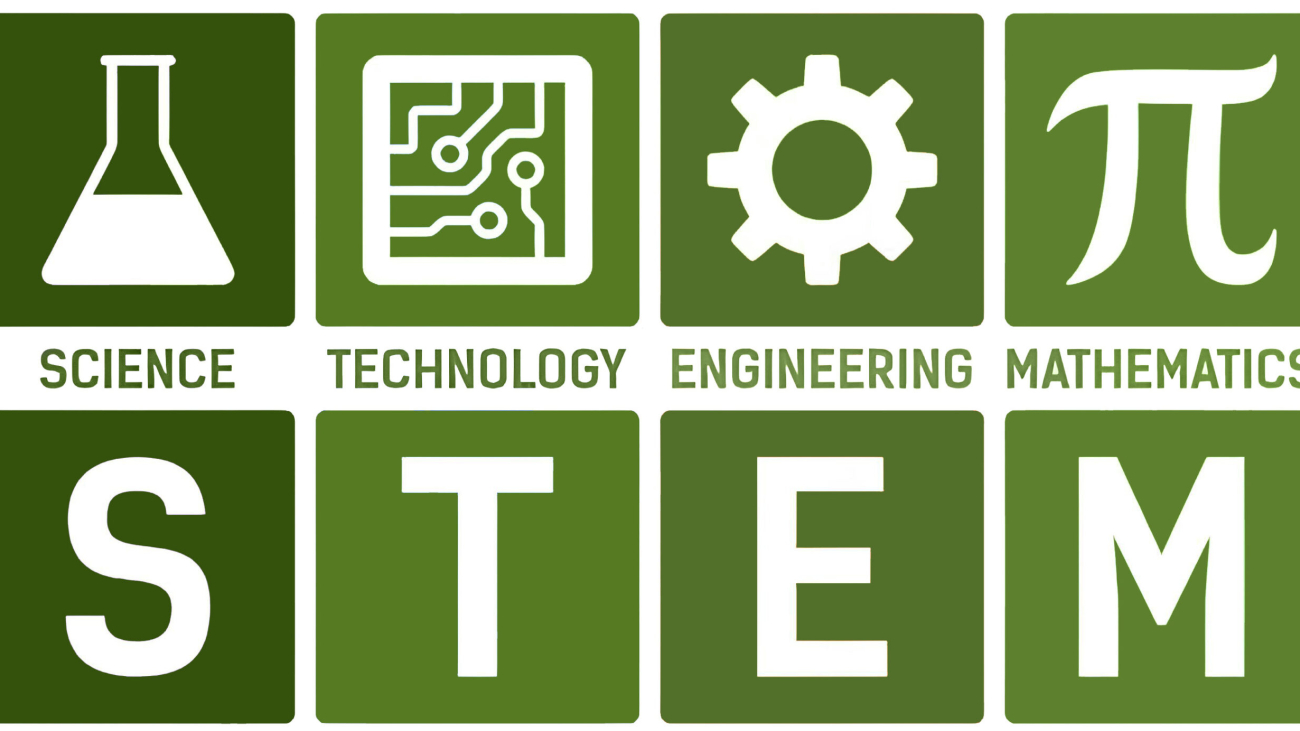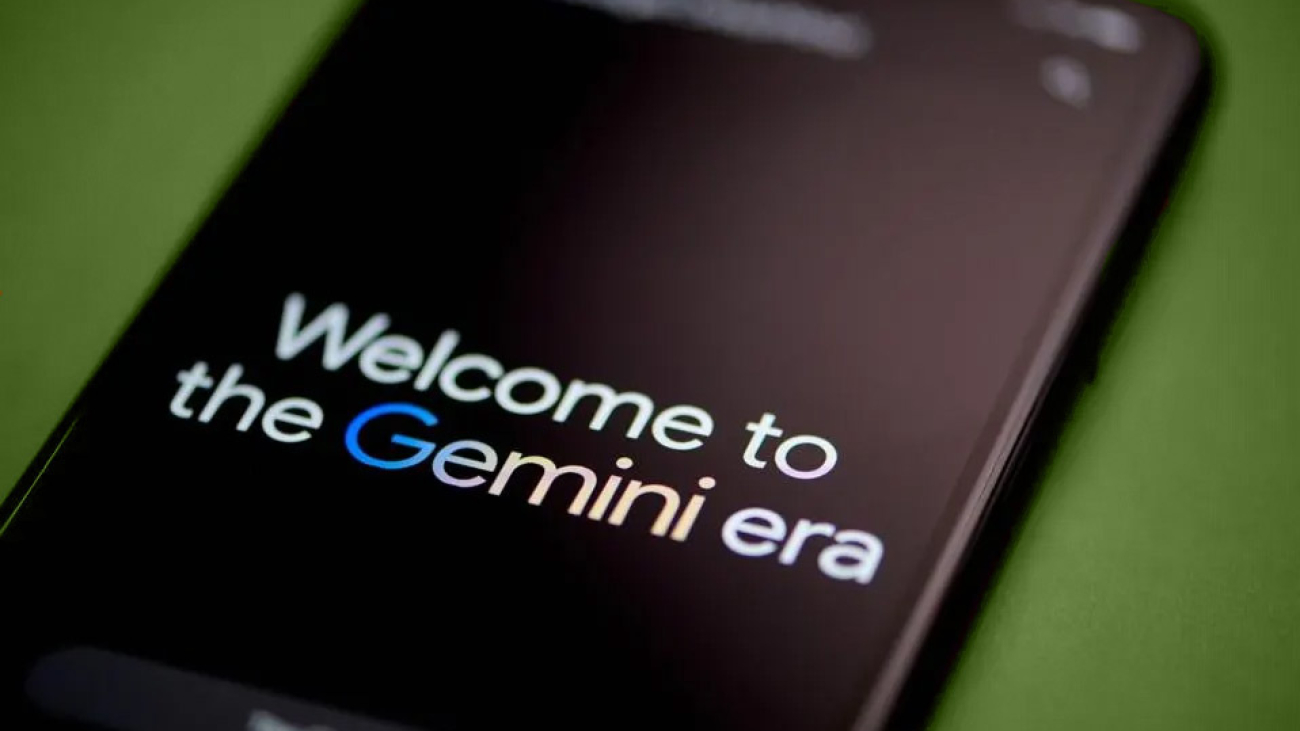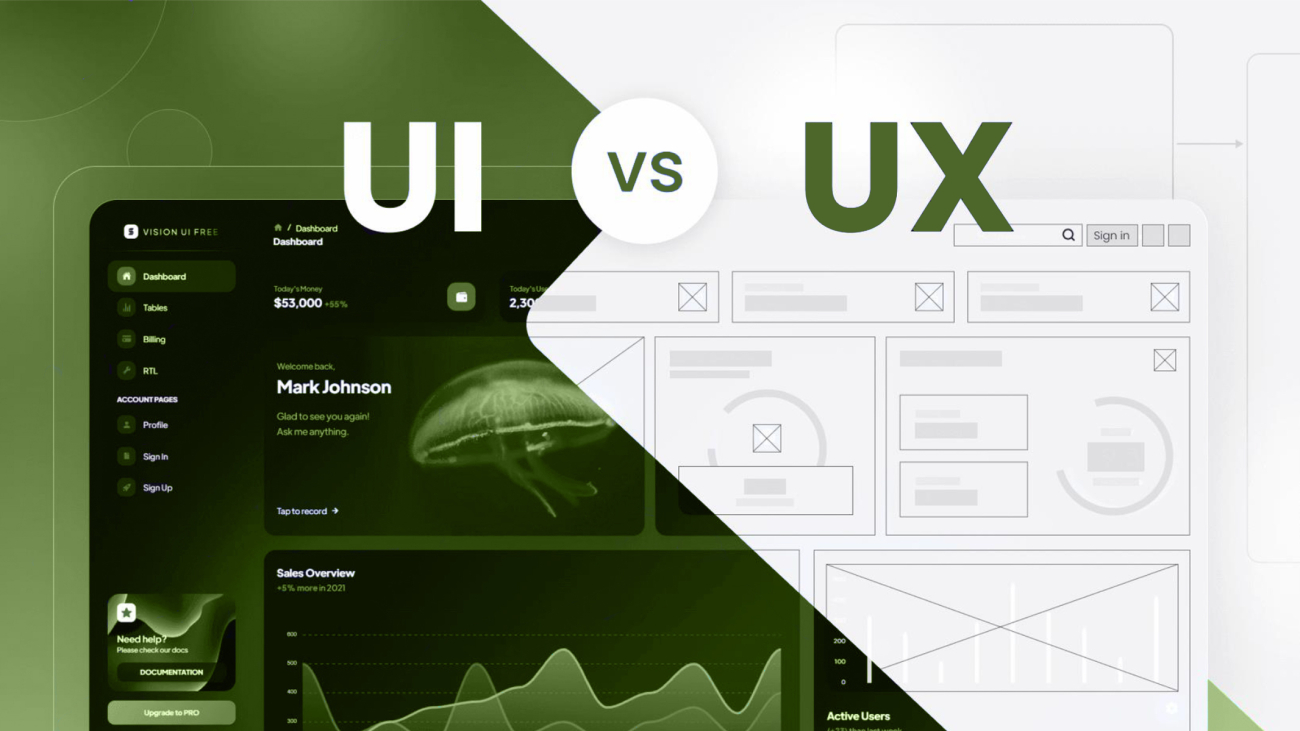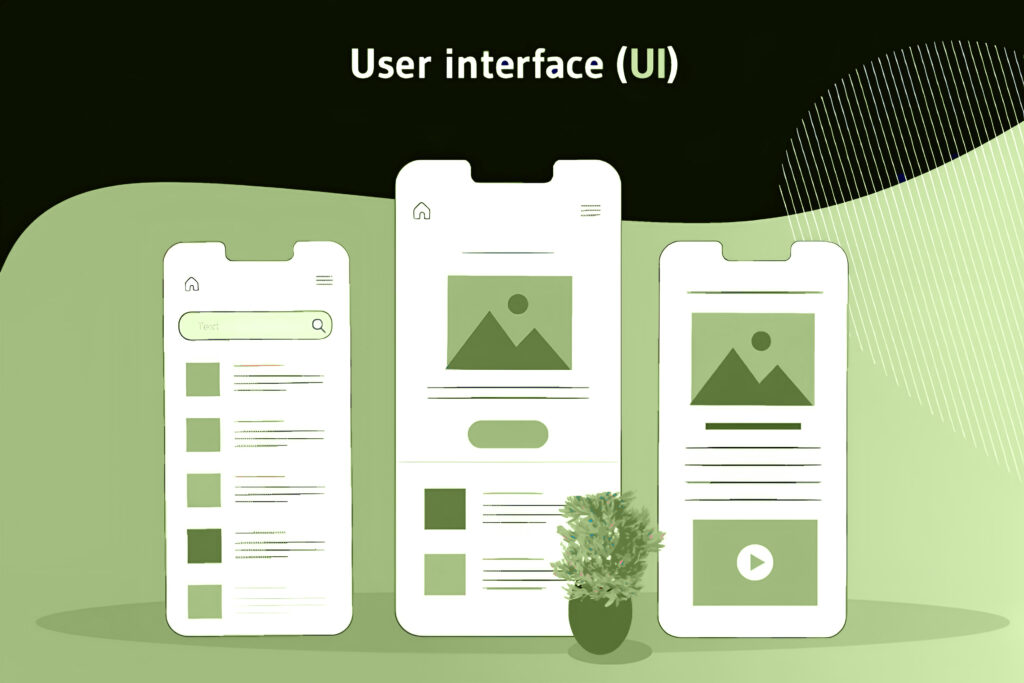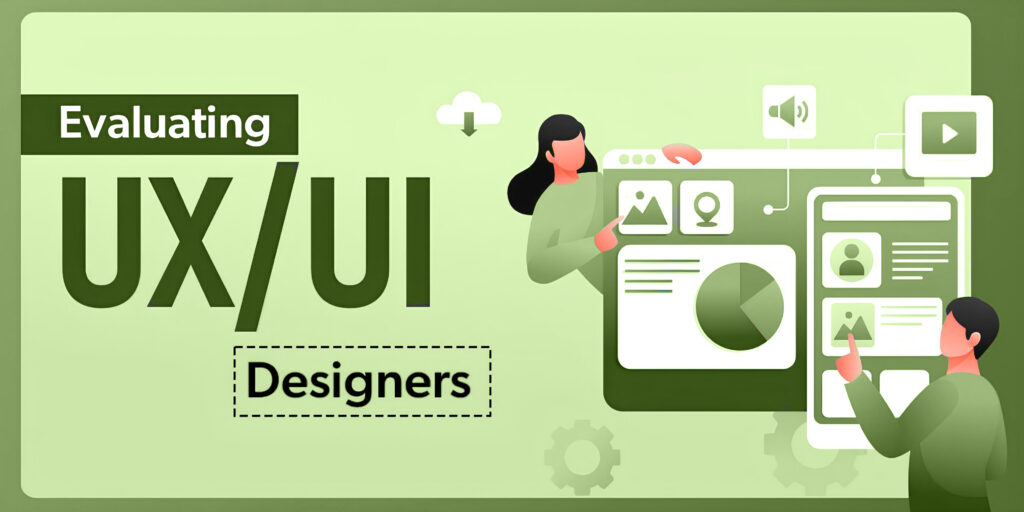In today’s constantly shifting business sector, B2B marketing is at the forefront of innovation and strategy. B2B marketing techniques range from content marketing and lead generation to account-based advertising and customer retention. Whether you’re an expert digital marketer or a business owner, you must read below to discover the latest B2B marketing strategies to stay ahead in the business landscape.
What Is B2B Marketing?
Business-to-business, or B2B, marketing is the process by which a company advertises its goods and services to other businesses in an effort to enhance their own operations. Some examples are given below.
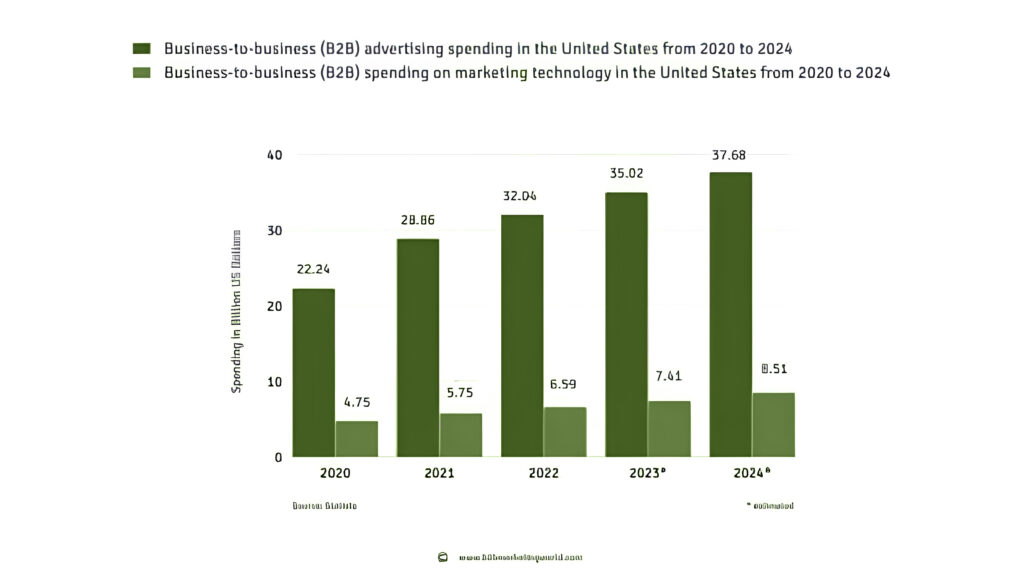
“Statistics predict a 69% growth in B2B advertising spending by 2024. B2B marketers plan to invest 79% more in marketing technology in 2024 than they did in 2020.”
B2B Marketing Strategies You Need To Know
Building a successful B2B strategy takes careful planning, implementation, and administration. Here’s a high-level overview of the strategy B2B businesses employ to stand out in a crowded market:
1. Identify your target audience

If you aren’t targeting the correct users, your strategies won’t be effective. Buyer personas can be quite useful in helping you understand how to appeal to different members of a decision-making team when you’re working with diverse decision-makers.
Imagine you are a seller of office furniture and are attempting to convince a large corporation to buy furniture from you. You develop marketing personas for the various categories of decision-makers. You build personas according to:
- Demographics (gender, age)
- Place in the company;
- Interests, and more
With this information, you can discover, for example, that decision-maker A wants to deal with ergonomic furniture. Decision-maker B is concerned with staying under budget and getting the most value for their money.
You may adjust your marketing to work better for different groups when you are aware of your target buyer personas and what is most important to them.
Check out our blog: 7 Best Trends Of Digital Marketing In 2024
2. Create a Brand voice.
A brand’s voice is important for connecting with clients, customizing their experience with your (B2B) goods and services, and gaining their confidence in your company’s solutions. The brand voice will influence how you write every email, social media caption, video script, long-form content, online copy, and more.
Take note of the words that business decision-makers use to express their goals and difficulties when you perform B2B market research. Adapt customer language to create a unique, sympathetic brand voice.
3. Select your Marketing Channels

The next stage of strategy creation is figuring out the most effective way to reach your target audience.
The well-known 4Ps of marketing are the basis and are also known as the marketing mix:
- Product: What goods or services do you offer?
- Price: How much it cost?
- Place: How and where the product is delivered and sold.
- Promotion: In what way is the product or service promoted and advertised?
You and your clients are connected through marketing channels. Examples of channels are both online and offline.
- Websites and Business Blogs
- Social media,
- Newsletters,
- Podcasts,
- Webinars.
- Print Magazines
In this strategy, the details of your firm and portfolio are connected to the information about your target group. It prepares a foundation for developing a marketing strategy that is successful.
4. Perform a competitive analysis
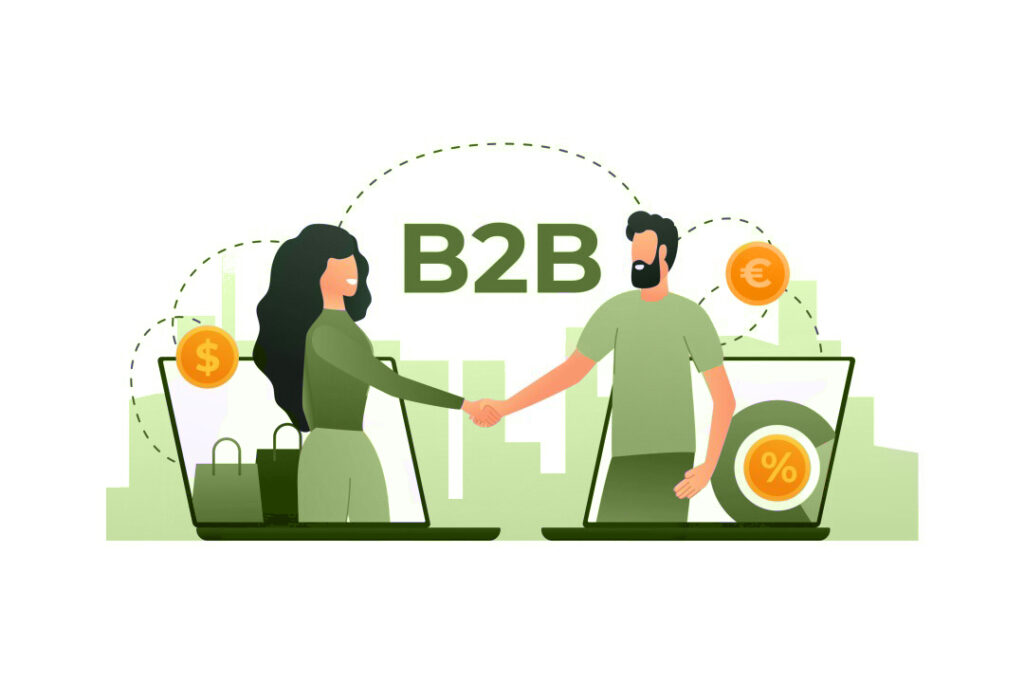
Investigate the market to find out which companies are advertising to the people you want to reach. Find out what they’re doing right now. Do they have a website? an online persona on a particular social networking site, like LinkedIn?
The following should be avoided when examining rivals:
- Products offered by competitors
- Competitive sales methods and results
- Social media presence and marketing strategies of rival companies
A SWOT analysis, which lists your competitors’ advantages, disadvantages, opportunities, and threats, can be identified by getting a broad picture of these factors. You can choose the best channels and compete with them more effectively if you know where they stand.
5. Defining Marketing KPIs
To make sure your marketing strategies are effective, track and report on each activity. Choose metrics and key performance indicators (KPIs) that are most relevant to your brand’s targets in order to measure the effectiveness of your strategy.
Additionally, SEO can be quite helpful in connecting with customers who are actively searching for new items and online content. This data offers insightful information about how well your campaigns are doing. It enables you to decide with knowledge.
Conclusion:
Finally, B2B marketing is still a vital and active part of current businesses. In the ever-changing landscape of technology and market dynamics, B2B marketers need to maintain an agile, flexible, and creative approach. Through the utilization of cutting-edge trends, the optimization of digital channels, and prioritizing customer needs, businesses can seize new customers and retain a competitive edge.
Read our blog: How To Create An Effective Marketing Funnel?








